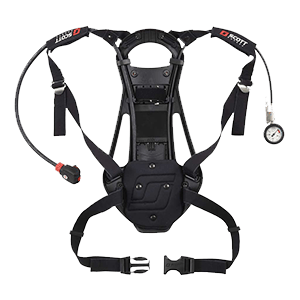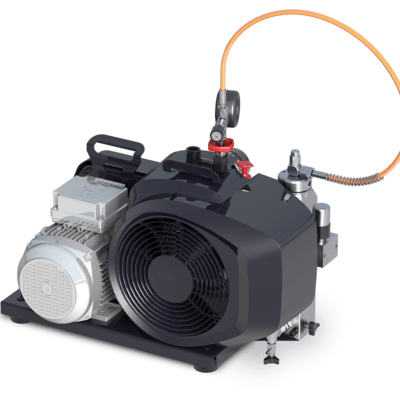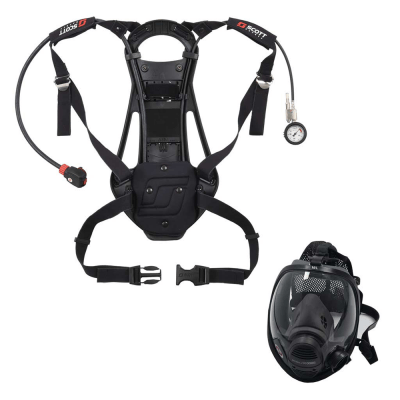Respiratory protection
Discover our range of ARIs for firefighters. Self-Contained Breathing Apparatus (ARI) for interventions in the presence of toxic gases or fumes. The device of choice for firefighters for firefighting

Products available
Quick delivery
Free delivery
From 400€ in France
Free quote 24h
Contact us!
Customer Service
+334 79 34 92 15
Mobile payment
Apple & Google Pay
PRODUCTS
LEARN MORE
Open circuit :
Also called ARICO, the modern device consists of:
- one or more bottles ofair compressed (at a pressure varying between 200 and 300 bars);
- an regulator, bringing this air to a pressure of about 7 to 9 bars for transit through the pipe;
- a pipe conveying the compressed air to the mask; this pipe can be fitted with a division allowing a colleague in need of air to plug in his mask;
- a demand valve, also called micro-regulator or pulmo control, engaged on the mask and bringing the air to a breathable pressure but slightly higher than atmospheric pressure (so that no external gas enters the mask) ;
- a waterproof mask, also called a face piece or visagère; depending on the case, it may only cover the airway (nose et appetizer) or the whole face;
- an manometer making it possible to control the pressure of the air remaining in the bottle;
- a whistle signaling that the air supply is nearing its end. It goes off around 50-60 bar, then 5 min (10 bars equivalent to approximately 1 min for normal effort) to exit the building or the incident itself;
- sometimes, an audible localization beacon (formerly called a "dead man") used to warn of a danger or triggered after a period of total immobilization of the wearer.
On some devices, a device allows you to connect to a narghile to increase the wearer's autonomy and only use the cylinder in an emergency. This is particularly used during chemical interventions.
The cylinders are made of steel or carbon fibers. Steel bottles have the advantage of being very reliable, on the other hand they are also very heavy (around fifteen kg). Composite bottles are lighter (around ten kg) but require special care and maintenance. The volume of the bottles is usually 6 to 9 liters, allowing an autonomy of 20 to 40 minutes depending on the wearer's effort.
Closed circuit :
There are also closed circuit devices (ARICF), in which the air circulates in a loop (the wearer always breathes the same air). Expired, it is purified (the carbon dioxide being fixed by a typical chemical lime soda) and then add a volume of pure oxygen (approx. 1,5 l / min). Finally, it is sometimes cooled by ice before returning to the wearer. Indeed, the chemical reaction ensuring the purification of the air is exothermic, and the air can reach 70 ° C in a few tens of minutes. The ARICF reuses the air in a loop, which gives it great autonomy compared to the ARICO, however this air circulating in a loop heats up and becomes relatively hot, which causes slight burns on the wearer's face. Wearing this ARICF requires training. These devices allow an autonomy ranging from one to four hours.
Why wear the ARI? 5 dangers of smoke:
- Hot: resulting from combustion, they take away part of the energy,
- Opaque: they contain solid or liquid particles, in suspension, which make vision
difficult.
- Mobiles: by their gaseous structure, and heat, they can move, sometimes very far from the
original hearth.
- Flammable: often rich in carbon particles, they are flammable. Typically 1 m3
of smoke has the energetic power of ½ m3 of methane.
- Toxic: rich in carbon monoxide they kill by intoxication.



